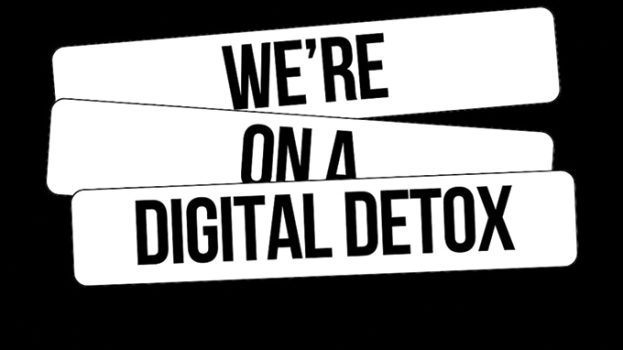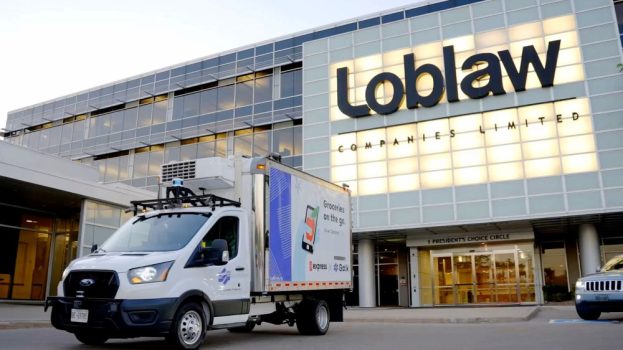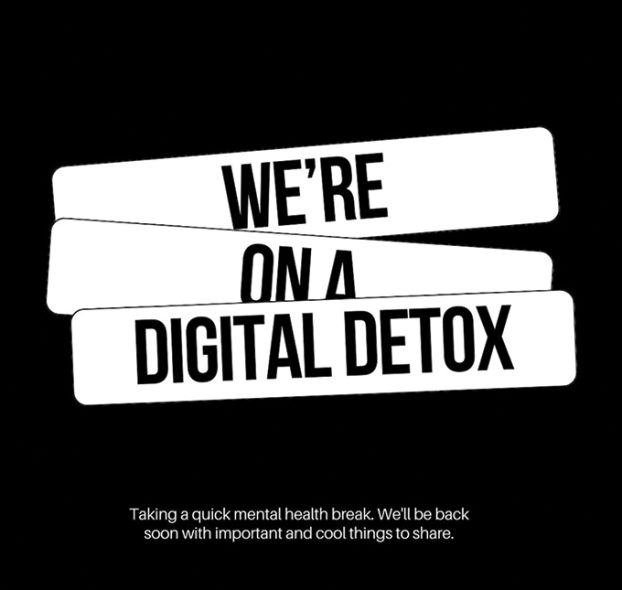
By Alex Panousis
In the fifth installment of a six-part series, Thinkingbox’s chief growth officer Alex Panousis explores what CMOs need to know about AI today, diving deep into insights on adoption, challenges and opportunities. Check out parts one to four of our Beyond the Code series here.
Artificial intelligence is reshaping marketing at breakneck speed. From AI-powered media buying to hyper-personalization and creative automation, the technology promises greater efficiency, deeper insights and more targeted engagement. But for Canadian CMOs, AI presents as many challenges as it does opportunities.
To provide a better understanding of how Canadian marketing leaders are thinking about AI, three executives have weighed in: Andrea Hunt, president and CEO of the Association of Canadian Advertisers (ACA); D’Arcy Finley, VP of brand and marketing at Maple Leaf Foods; and Indresh Kohli, executive head of marketing at Dr. Oetker. Their insights paint a clear picture: AI is a powerful tool, but only if wielded responsibly, creatively and with an unwavering focus on brand integrity.
Some agree that AI’s biggest promise lies in efficiency – optimizing media spend, automating content and crunching data faster than any human team ever could. But is AI truly making advertising more effective, or just more efficient at spending money in the same places?
“AI is absolutely shaping budget allocation, offering efficiencies in campaign optimization, targeting and analytics,” Hunt says. “But we also know AI can reinforce inefficiencies or inaccuracies rather than solve them if there are underlying biases.”
Bias is not just about audience targeting – it extends to media placement, measurement and even the data sets AI is trained on. Hunt warns advertisers to be cautious. “Many brands are seeking greater clarity from partners on how AI is integrated into service and product delivery, how media is planned, purchased, how creative and ad placements are determined, and how results are measured. While AI offers efficiency, it is far from ‘hands-off ready.’ Overreliance on black-box solutions from platforms is a real risk.”
Kohli sees the upside of AI’s ability to hyper-personalize media, saying, “Consumers expect real-time, hyper-personalized experiences across all touchpoints. AI-driven automation optimizes campaigns, content, and audience segmentation, improving engagement while lowering costs.”
But while AI helps optimize, it rarely challenges convention. The result? A cycle where brands chase the same AI-optimized formula, leading to creative stagnation.
For Finley, this is the crux of the issue. “Breakthrough ideas, compelling storytelling and effective brand-building require more than a small dose of intuition, risk-taking and emotional intelligence. These are areas where AI falls short, at least for the foreseeable future.”
In an industry that thrives on differentiation, there’s a real danger that AI-driven efficiency will come at the cost of originality.
While CMOs are integrating AI into their marketing strategies, the government is racing to keep up. Canada’s Bill C-27 and the AI and Data Act aim to regulate AI use. But should brands wait for regulation, or set their own ethical standards now?
“The advertising industry has a responsibility to take a proactive approach to AI governance,” warns Hunt. “If we wait for government-imposed regulations, we could find ourselves navigating rigid frameworks that don’t reflect the nuances of marketing and consumer engagement.”
Some brands are already setting their own AI governance frameworks, prioritizing bias mitigation, responsible automation and transparency. But Hunt believes more collective action is needed. “Industry-wide ethical AI guidelines, developed in collaboration with regulators, can help ensure advertising innovation aligns with consumer protection and trust.”
Kohli, who has worked with global teams, sees AI ethics as a brand trust issue. “Trust is a valuable currency. As AI becomes more embedded in advertising and content creation, marketers must remain steadfast on issues like bias and fairness, transparency, privacy and misinformation. AI has immense potential, but we can’t lose sight of the responsibility that comes with it.”
His own brand, Dr. Oetker, is taking steps to ensure AI is leveraged ethically rather than blindly. “We utilize AI technologies to efficiently capture emerging trends and validate ‘proof of concept’ for new product development. AI-driven insights help us move faster, but we ensure humans stay in control of decision-making.”
The advertising industry walks a fine line. Overregulation could stifle Canadian brands’ global competitiveness, but under-regulation could erode consumer trust. The real question is: Will brands shape responsible AI before they’re forced to?
One of the biggest fears among Marketers isn’t that AI will replace their jobs; it’s that it will erode the creative instinct that makes brands stand out.
“AI is a powerful tool, but creativity remains the heart of advertising,” says Hunt. “AI can enhance efficiency – whether through scaled content variation, analytics, or ideation. But it cannot replace human insight, cultural nuance, and bold storytelling.”
Finley agrees, adding a stark warning about the risk of algorithmic sameness; a world where brands all optimize for the same engagement metrics, resulting in indistinguishable creative. “In a time of algorithmic sameness, the winning brands will be those that use AI as a tool to elevate creativity rather than replace it.”
So how do brands keep creativity alive while integrating AI into the process?
Kohli’s approach at Dr. Oetker offers a clear example. “We are leveraging AI to develop storyboard animatics for an upcoming creative campaign at a fraction of the time and cost. This will lead to faster, stronger, and cheaper content creation – without losing human creativity.”
This is where AI works best: as an enabler, not a decision-maker. It can generate insights, predict trends and automate routine content production but it can’t take creative swings, challenge conventions or tell truly original stories. That remains the job of human marketers.
And that human element must not be sacrificed, according to Finley: “Breakthrough ideas require intuition, risk-taking and emotional intelligence. AI can support creativity, but it can’t replace the human spark that makes advertising great.”
AI in advertising isn’t a binary debate. It’s not about AI versus human creativity, it is AI and human creativity. The real challenge for CMOs is finding the right balance, Hunt says.
“The future of advertising is not AI versus creativity; it’s AI and creativity working together,” she adds. “Advertisers should prudently balance automation with human-led storytelling. If we allow AI to dictate our work instead of elevating it, we risk a homogenization of brand messaging.”























